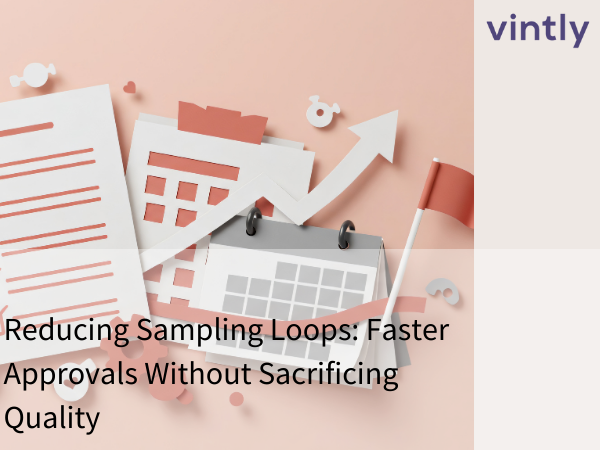Inline vs Final Inspection in Garment Quality Control
In fashion manufacturing, quality isn’t optional—it’s everything. A missed stitch or color mismatch can transform a hit collection into a flood of returns. That’s why inspection—both inline and final—is crucial for maintaining standards, protecting your reputation, and keeping margins healthy.
But what’s the real difference between these two methods, and how should fashion brands use both to their advantage?
What Is Inline Inspection?
Inline inspection is done during the production process—while garments are being sewn, pressed, or assembled. It allows teams to catch issues early, such as faulty stitching, fabric flaws, or incorrect trims. This prevents flawed batches from being completed and multiplied, saving time and money.
What Is Final Inspection?
Final inspection comes after production wraps and before full shipment. A sample of finished goods is checked for workmanship, measurements, packaging integrity, and labeling. It serves as the last quality gate before products reach the market. But any issues uncovered here often lead to costly rework or shipping delays.
Why Both Are Essential
Relying on only one type of inspection is risky. Inline checks prevent flaws early, while final inspections ensure standards are met at the end. Together, they form a comprehensive quality safety net—especially useful when managing complex production flows like split shipments, different factories, or various fabric sources.
You can see how to handle the quality challenges of multiple shipments in practice in our article “Unlock Supply Chain Excellence with Vintly”, which covers linking orders and shipments for full visibility—even across diverse logistics setups.
Final Takeaway
Poor quality costs more than money—it erodes trust. Inline inspections help catch flaws before they multiply; final inspections make sure your customers never see them. Together, they help fashion brands deliver consistently, build credibility, and avoid costly surprises
.png)


